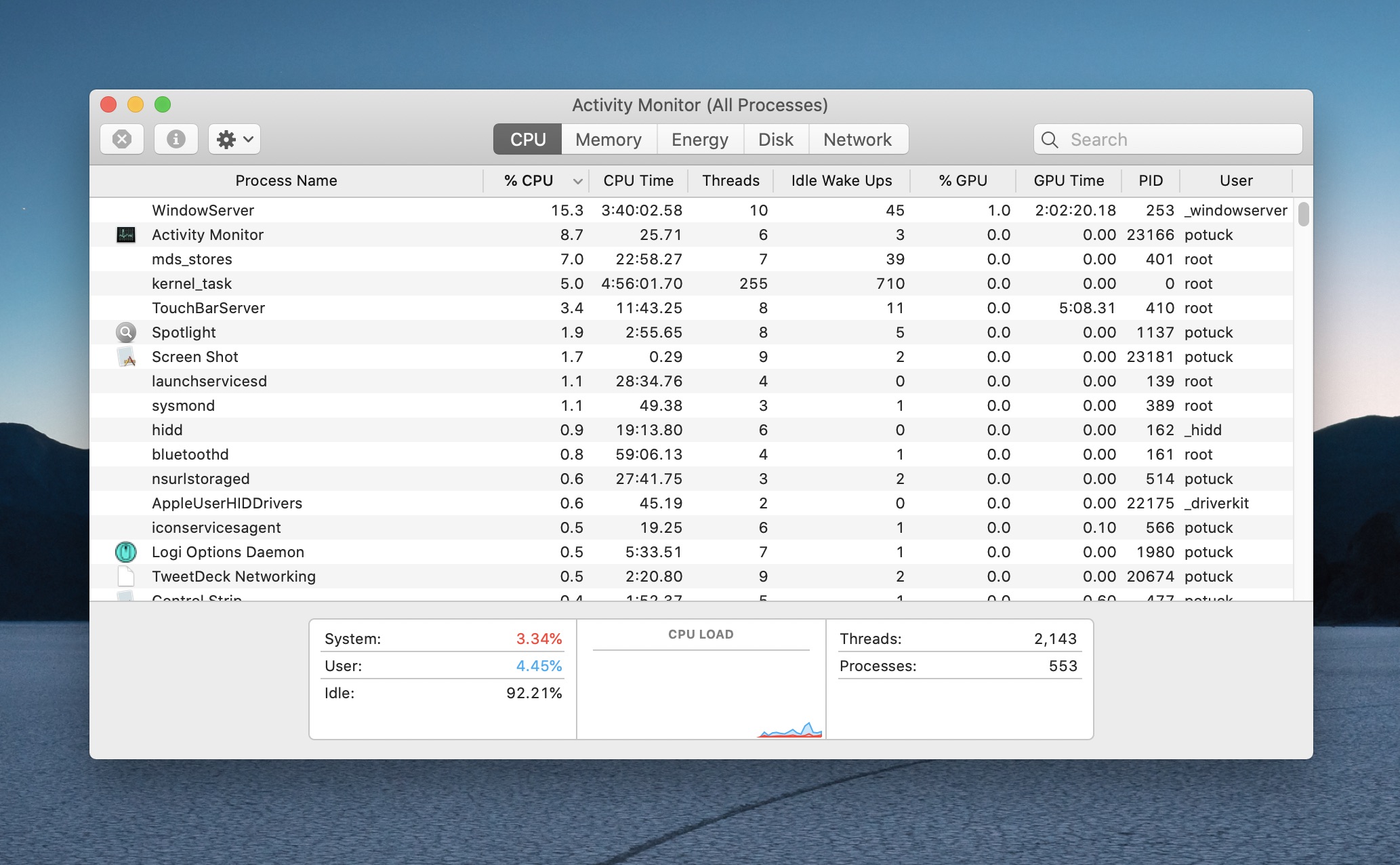

The dot below the application will disappear and the app will close if it is opened. Right-click (Or click with two fingers on the trackpad) on the application you would like to close.Ĭlick Quit to Confirm. Force Quit from the DockĪnother option to force quit an app is to use the menu that pops up when you right-click on the application in the dock.

Select the app that you are trying to quit and click Force Quit to confirm. Press the Command-Option-Escape Keys Simultaneously. This method makes it easy to select the app that you would like to quit. The first, and arguably most popular, method for Force Quitting applications is using the Command-Option-Escape keys to pull up the Force Quit menu. Let’s start with the easiest method first, and work our way up from there.

It is possible that one method might work when another doesn’t, so make sure you have tried them all. We want to make sure that we try all of these options simply because they are the easiest ones to perform. Please note, that if you were working on anything that is unsaved, force quitting the application in any way will likely lose that data.įirst, to ensure we are all on the same playing field, there are a few different ways to Force Quit an application.
#MAC FORCE QUIT MENU MAC#
There are other options that will allow you to get your Mac up to working at normal speed. In the event that Force Quit doesn’t work, it can take you aback for a minute. Steps to Take When Force Quit is Not Working on Macįorce Quit is a staple process for when your Mac is running slower than you would like or if it is entirely frozen.
#MAC FORCE QUIT MENU UPDATE#
Check for an Update for the App in Question Steps to Take When Force Quit is Not Working on Mac.This will also list the active processes with scroll down or up options. This command will show only processes active under the current user. This will show the same result by memory usage. This will show a list of all running processes along with additional details. There are a few commands that you can use: top -o cpu The Terminal app (Applications > Utilities) will also let you see the running apps. These apps will show a “(Not Responding)” sign. Find the app or process you want to quit.You can use Activity Monitor to quit an app or process. Each tab shows how processes are affecting the corresponding category. You will see different tabs: CPU, memory, energy, disk, and network usage. This app can be found in /Applications/Utilities/. Activity Monitor will list everything running on your Mac. This will show all active apps and processes. This option will let you quit unresponsive apps. Press these keys together: Option, Command, and Esc (Escape), or.You can view the running apps in the Force Quit window. To do that, simply right-click the Dock icon of the app, and then click Quit or Force Quit. You can force quit or quit apps from the Dock. On your Mac, click the Apple menu in the upper-left corner of your screen > System Preferences > Dock and then uncheck the “Show indicators for open applications” option. Here is how you can turn this feature off: Furthermore, there is a way to remove these dots in System Preferences. These dots will disappear when you quit the app. This dot indicates that the app is running at the moment. Running apps will have a dark dot icon under their icons. The easiest way to see what apps are running at the moment is to take a look at your Mac’s dock. Force Quit: This quits the app immediately.You can quit an app safely by choosing File > Quit within an app. You can quit apps gracefully via the appropriate application menu by choosing “Quit”. You may easily lose track of open apps on your Mac. Some apps may still continue to run in the background even after closing them. When your Mac is running slow or sluggishly or freezing, you may want to close some open apps to speed up your Mac. This article explains how you can view all running applications in macOS. There are a few different methods to see all apps or programs that are running on your Mac.


 0 kommentar(er)
0 kommentar(er)
